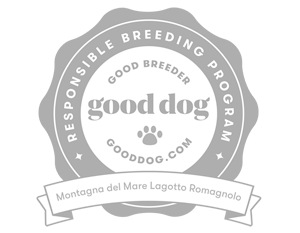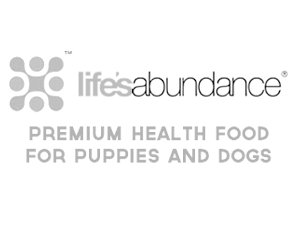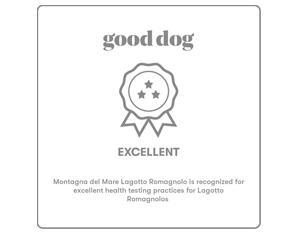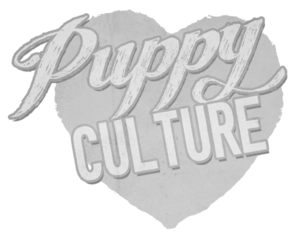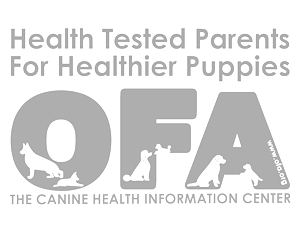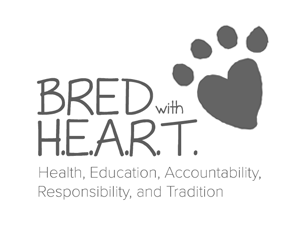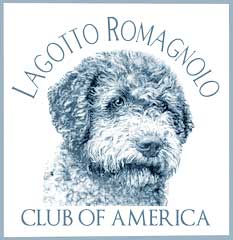Hey, what kind of dog is that?” “Thank you for asking, It is a Lagotto Romagnolo.” “A what? I thought it might be some kind of doodle.” These are the daily conversations of anyone that owns a Lagotto Romagnolo.
A Little Histoy
The Lagotto Romagnolo in fact, is a very old breed out of Italy which has miraculously survived until today. Lagotto Romagnolo (literally meaning “lake dog” from Romagna, a province in northern Italy), most likely evolved from a breed of small water dogs with curly hair, and was known as an all-purpose working dog. Based on archeological sites, it is very possible that the Lagotto derived from the same source as the other European water dogs: the Portuguese, the Spanish, the Barbet (FrenchWater Dog) or the German Pudel, and is also thought to be the foundation for many of the retriever breeds we know today. This original dog was used for a variety of tasks by their owners.
However, since Etruscan times (7thcentury BCE), presence of a small breed of duck retriever has existed as a distinct type of dog in the vast marshlands of Romagna. This is believed to be the roots of the modern Lagotto. For centuries, the Lagotto was used to help hunt waterfowl, but as the large scale drainage of the marsh land occurred towards the end of the nineteenth (19th) century, the Lagotto no longer had the same purpose as the vast flocks of waterfowl disappeared. The Lagotto needed a new job, and fanciers of the breed began the retraining of the Lagotto into what we know them as today, truffle dogs. Truffles are highly sought after underground tubers used in culinary purposes, and one of the most expensive food items found on the market. The fact that the Lagotto can be an important part of the truffle harvest along side the owner makes for a perfect working partnership.
Personality and Temperament
The Lagotto Romagnolo is generally an easy dog to live with. They are happy, smart, loving, loyal, easily trained, athletic, affectionate and sensitive. If the owner appropriately socializes the Lagotto, they get along well with other dogs and children. They bond well with their “pack” or family, and love to go everywhere you do. Due to their intelligence, they do need regular stimulation or they can be a bit, well, creative in what they decide to do. While athletic overall, they vary in terms of their needs for exercise. The Lagotto while active is not hyper. They do have a natural instinct for retrieving, and while it has been said that their game-hunting instinct has been bred out, there are those that use the Lagotto for that purpose today. In fact, if you need a dog with a good nose and is easy to train, the Lagotto may be the one. In the US as well as other countries, you can find, besides truffle “hunting” a Lagotto doing search and rescue work, game-hunting, performing as drug-sniffing dogs, therapy dogs, cadaver dogs, dogs that can “sense” various emergent medical conditions, such as seizures and diabetic emergencies, just to name a few. Their size and super nose lend them to make them desirable for many purposes. Intelligence, jumping ability, nimble-ness and drive make them ideal candidates for the rally, agility, tracking and obedience competition rings. Other “fun” activities that the Lagotto would enjoyare nose-work, free-style dancing, dock diving, and fly-ball.
For the everyday life, Lagotto love and excel in a variety of activities. The Lagotto are naturally drawn to water, and most love to swim. Others will play and paddle around, but still enjoy the opportunity. There are some that may take your breath away as they will actually dive (yes, I said dive). This has given some owners a real scare until they realize that this is not unusual for the Lagotto. The Lagotto also loves to dig. They really do not know the difference between the area where it is permitted and your best flower bed or vegetable garden, so you do need to make that part of their learning curve when training. Remember, these dogs are very smart, and can be very manipulative if the owner is not savvy to that. Think of them as the brilliant child that needs challenges, stimulation and ground rules. The Lagotto needs gentle and consistent training and praise. They do not do well with harsh commands.
Appearance and Grooming
The Lagotto Romagnolo is a small-medium dog, with a curly coat. Females range from 16-18 inches high at the withers, and weigh 24-30 pounds on the average. Males are slightly larger, standing 17-19 inches at the withers and 28-35 pounds. The standard calls for defined “ring shaped curls” and they are to have a natural appearance where the curls are not fluffed out, such as one would see in a poodle. The have a double coat, and do not have the oily feel sometimes associated with other water dogs. Therefore, they do not have a strong dog odor and do not need frequent bathing. Typically, unless they get into something they shouldn’t, you can bath monthly and be fine. The coat is best when kept 1” to 1.5’ in length. While these dogs are called “hypoallergenic” that is not an accurate term. It is best to describe them as “low-allergen” as many with allergies can live with the Lagotto and not be affected. They are not heavy shedders in such that they do not seasonally “blow coat” like any mammal,they will lose dead hair and may leave little tufts of hair once in a while. That is usually the dead undercoat and means they should be combed and washed to remove this hair. The hair can mat or feltand it is recommended to cut them very short at least once a year to remove any mats that have formed. Using a wire comb once a week will help reduce this occurrence. They can have considerable amounts of hair in their ear canal, so regular plucking may be necessary. Colors run the gamut from white, cream, brown, brown roan, orange, white and orange, brown and white, but never black. Their nose runs from a light liver or flesh tone to a dark brown. If the nose is black, it is not a Lagotto. The rims of the eyes and lips tend to be the same color as the nose. Average life expectancy is 13-15 years.
Health
The Lagotto Romagnolo is generally a very healthy breed with few health concerns. Hip dysplasia, while not wide-spread, exists in the breed. Breeders within the Lagotto Romagnolo Club of America agreeto follow a Code of Ethics regarding breeding practices, and testing for hips of any breeding dogs is a requirement. Juvenile Familial Benign Epilepsy (BFJE) is another disorder that can be found in the breed, but a DNA test exists, and through testing of parents, breeders can avoid producing affected puppies. Recently, a “cosmetic” gene has been found in some breeding lines causing an “incorrect coat”, where the hair may wave, but does not curl. While these dogs look nothing like the classic Lagotto, this is not a health concern. A genetic test is now available and breeders can now avoid this issue as well.
Is this the dog for me?
Good question. While those who own them feel they are perfect, they do best in the hands of owners, who are active, can commit time every day to play or exercise, and are willing to train them. Lagotto intelligence is not to be taken lightly. If you do not train them, they will definitely train you. This is most likely not what you want, and retraining is always a more arduous task. They like to work and want to please their owners. They like to be challenged and are good problem solvers. They are extremely loving and loyal, and thrive on the attention their owner gives them. It is always recommended to meet a Lagotto before you consider one and talk to breeders. Breeders should be forthcoming and honest, and share how they raise their dogs, what tests they do and be able to prove it, and let you see the parents if you desire.For more information, please visit the Lagotto Romagnolo Club of America Website, www.lagottous.com.
Lagotto Romagnolo – Breed Standard
General Appearance Small to medium-sized dog, well proportioned, powerfully built, of a rustic appearance, with a dense, curly coat of woolly texture. The dog should give the impression that he has the strength and endurance to work all day in difficult and...
Early Spay Neuter: 3 Reasons To Reconsider
By Dana Scott The topic of spay/neuter is emotionally charged for many pet owners. It’s become the “responsible” thing to do and we commonly hear of the benefits of this surgery but rarely the risks. And when savvy pet owners avoid early spay/neuter (or forego it...
The Tail of the Short-Coat
A Breeders Story–by Therese Williams I am generally a well-planned and organized person. I like some order in my life, to some extent anyway. I have always been in management positions, so I must also like to have some degree of control (at least my husband tells me I...
Lagotto Romagnolo pronounced:
lag-oh-toe roman-yolo
Puppy Culture Program
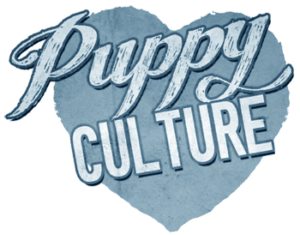
High-quality
Our puppies are raised in the home, are fed a high-quality diet and we follow the Puppy Culture Program for proper socialization and training.
Endorsements
